
Globe
The eye, seen at the exit point of the optic nerve, is composed of three chambers (anterior, posterior and vitreous space) surrounded by three concentric tunics. The outermost, the fibrous tunic, consists of the sclera and cornea. The middle, the vascular tunic or uvea, consists of the choroid, ciliary body and iris. The innermost, the neural tunic is the retina. 10x

Sclera >
The sclera, part of the fibrous tunic, is an opaque layer surrounding the posterior four-fifths of the eye. The sclera is composed of dense connective tissue that provides support for the eye and attachment for extraocular eye muscles.

Cornea >
The cornea, located in the anterior one-fifth of the eye, is the transparent portion of the outer tunic, where major refraction occurs. The cornea consists of inner and outer epithelial layers that sandwich a stroma of collagen fibers. These fibers are precisely arranged in parallel within layers; alternating layers are stacked at right angles to each other, thus making the cornea transparent.
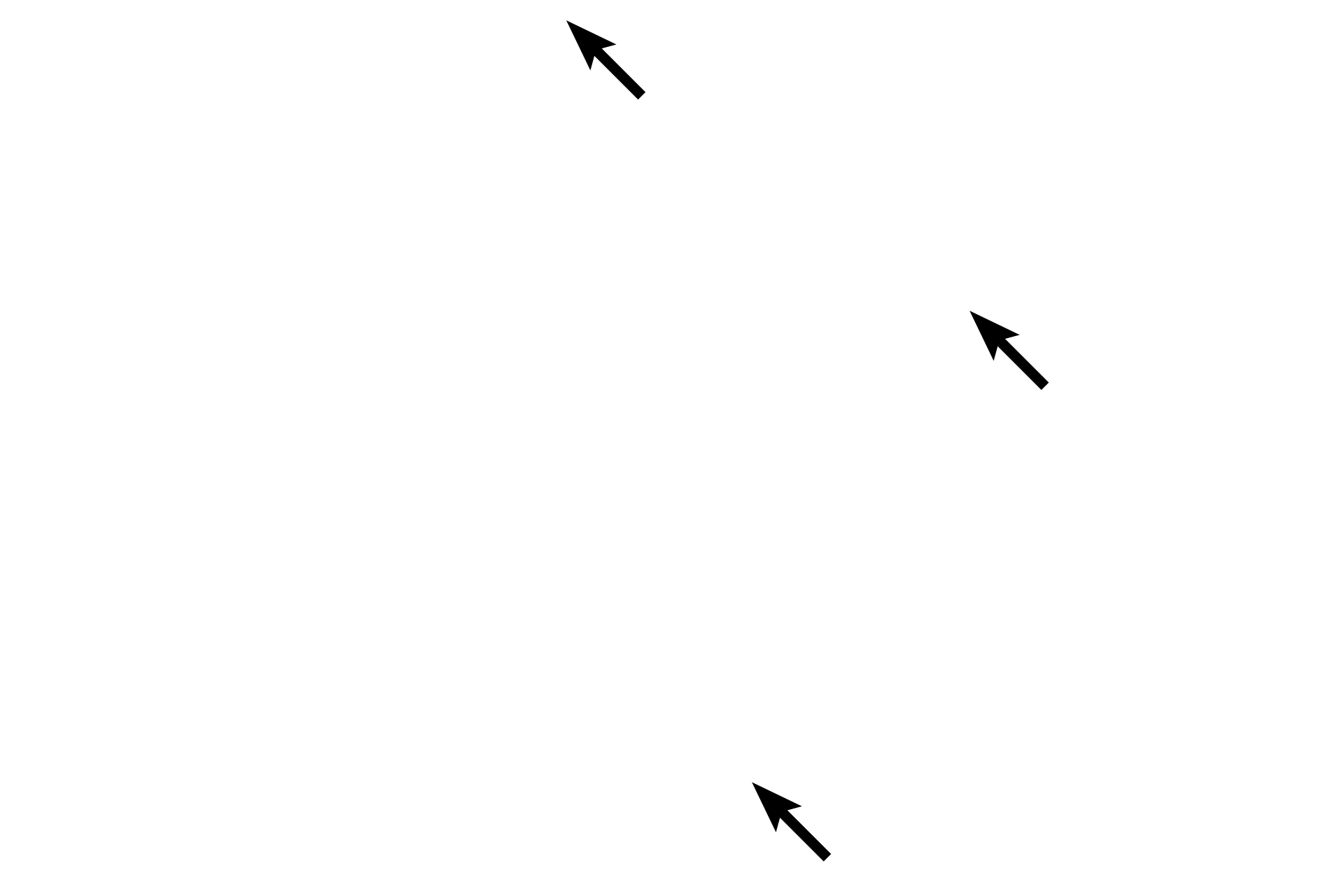
Choroid >
The choroid forms the majority of the vascular or middle tunic (uvea), covering the posterior portion of the eye. The choroid is composed of loose connective tissue, with an abundant vascular supply and pigmented cells. The choroid supplies nutrients to the deep layers of the retina; its pigmented cells serve to absorb reflected and stray light within the globe.

Ciliary body >
The wedge-shaped ring that is the ciliary body forms the anterior extension of the choroid, at the level of the lens. Like the choroid, the ciliary body is composed of loose connective tissue. Additionally, the ciliary body contains the ciliary muscle, three subdivisions of smooth muscle that alter the shape of the lens via suspensory fibers that extend between the ciliary body and the lens.

Iris >
The iris (black arrows) is the anterior, doughnut-shaped extension of the choroid and consists mainly of CT. Its central opening is the pupil (blue arrow); smooth muscle forms the sphincter pupillae muscle surrounding the pupil. The posterior edge of the iris is lined by two layers of pigmented epithelium, the anterior of which is a myoepithelium whose processes function as dilator pupillae muscle.
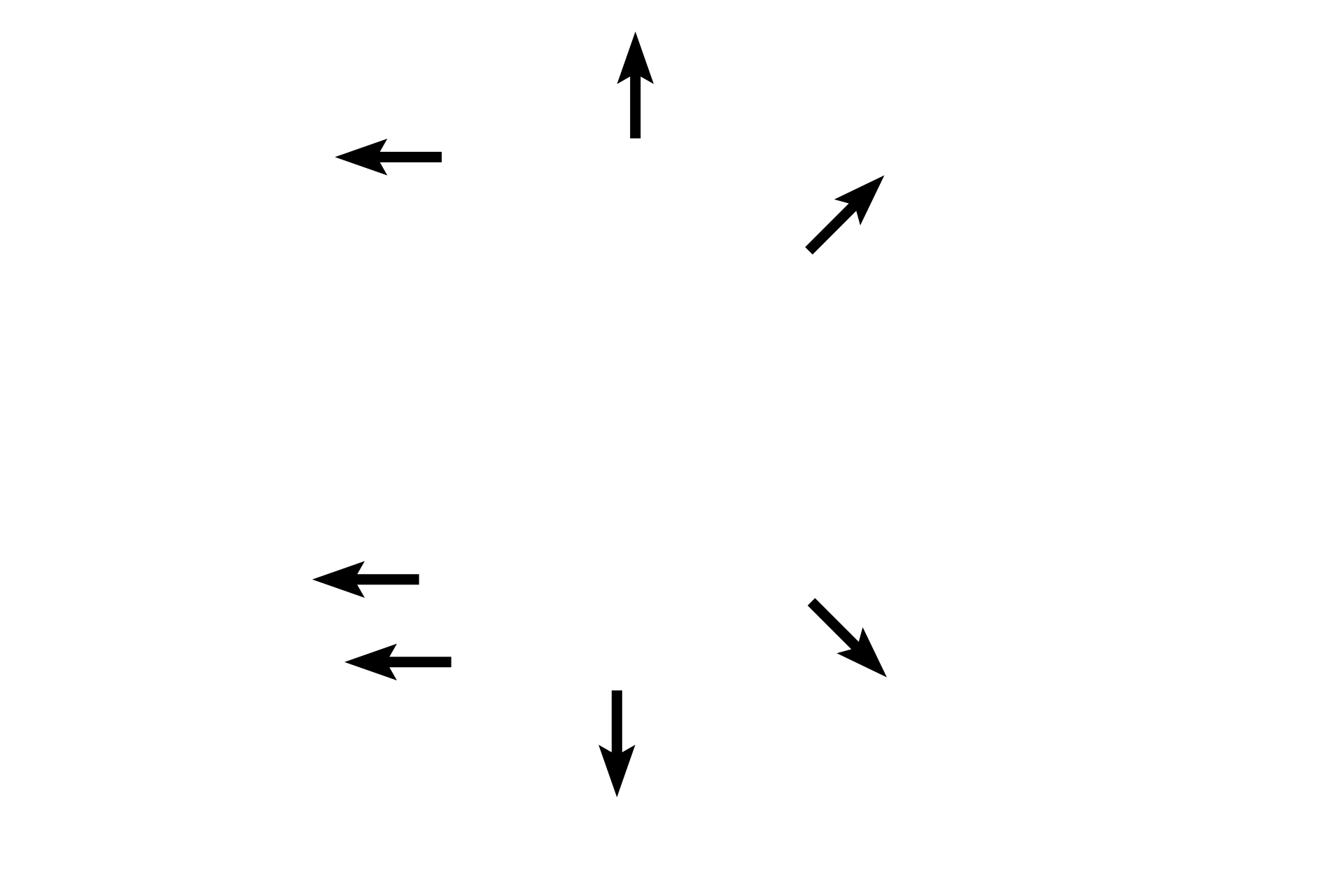
Retina >
The retina forms the multilayered inner tunic. Its posterior portion is photosensitive, while its anterior portion, lining the ciliary body and posterior portion of the iris, is not light responsive. The junction of the photosensitive and nonvisual regions, the ora serrata, is located just posterior to the ciliary body; the exact location of ora serrata cannot be discerned at this magnification.

Anterior chamber >
The anterior chamber of the eye is bounded by the cornea, iris and anterior surface of the lens. The anterior chamber is filled with aqueous humor that is produced by the ciliary body, flows through the posterior chamber into the anterior chamber and exits at the limbus via the trabecular meshwork and the canal of Schlemm.

Posterior chamber >
The posterior chamber is a small, wedge-shaped ring bounded by the ciliary body, iris, periphery of the lens and the suspensory fibers of the lens. The posterior chamber is filled with aqueous humor that originates in the ciliary body, flows through the posterior chamber into the anterior chamber and exits at the limbus via the trabecular meshwork and the canal of Schlemm.
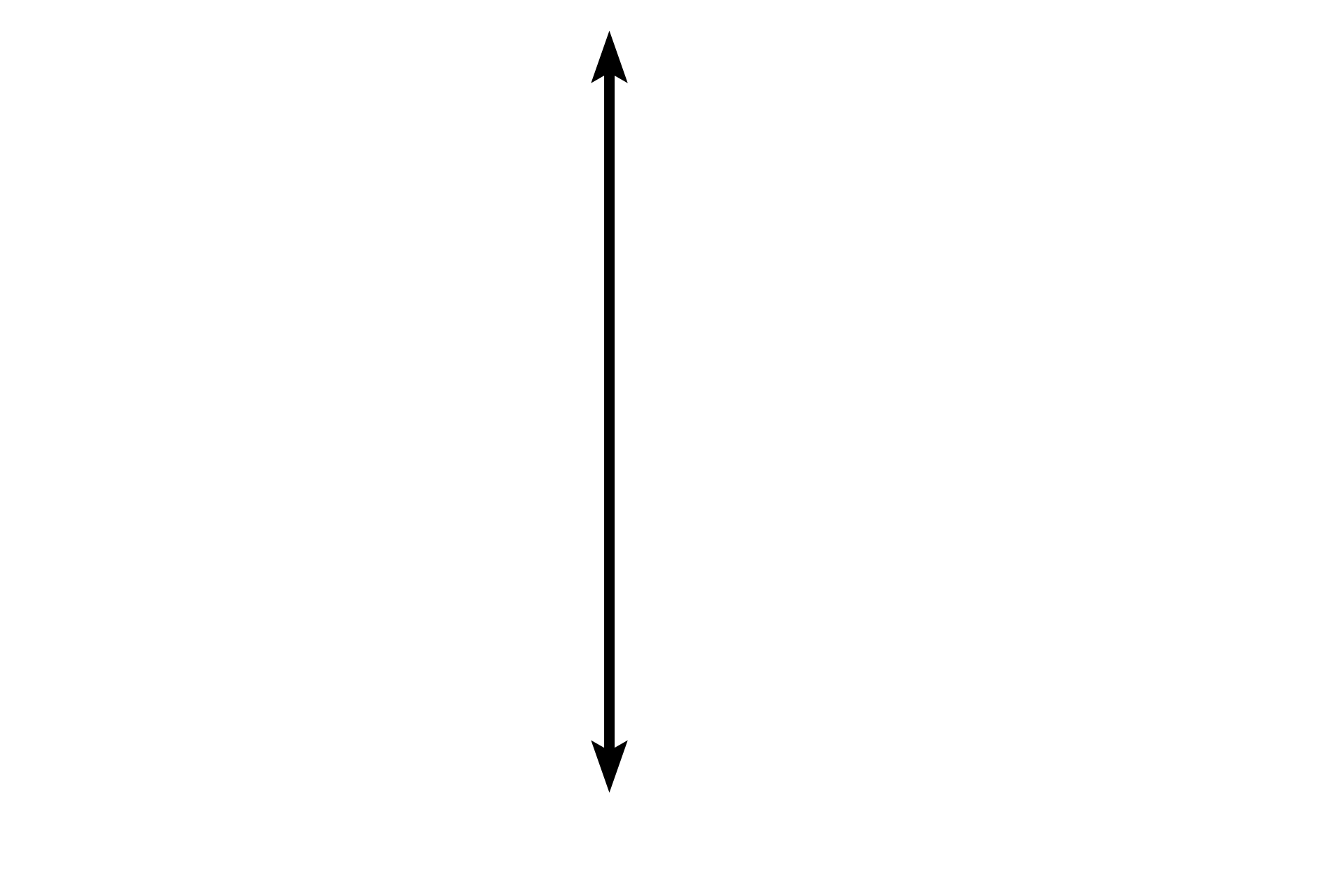
Vitreous chamber >
The vitreous chamber lies behind the lens and its suspensory fibers and is surrounded by the retina. The vitreous space is filled with the vitreous body, a gelatinous substance that lightly supports the retina.

Lens >
The lens is a transparent, biconvex disc suspended behind the iris by suspensory fibers attached to the ciliary body. Due to its crystalline structure, the lens often shows significant artifactual damage during tissue preparation.

Optic disc >
Axons carrying visual information leave the retina to converge at the optic disc and form the optic nerve. No photoreceptor rods nor cones are present at the optic disc, so this area represents a “blind spot” in the retina.

Optic nerve
Axons carrying visual information leave the retina to converge at the optic disc and form the optic nerve. No photoreceptor rods nor cones are present at the optic disc, so this area represents a “blind spot” in the retina.

Adipose tissue >
The globe is cushioned in the bony orbit by adipose tissue.
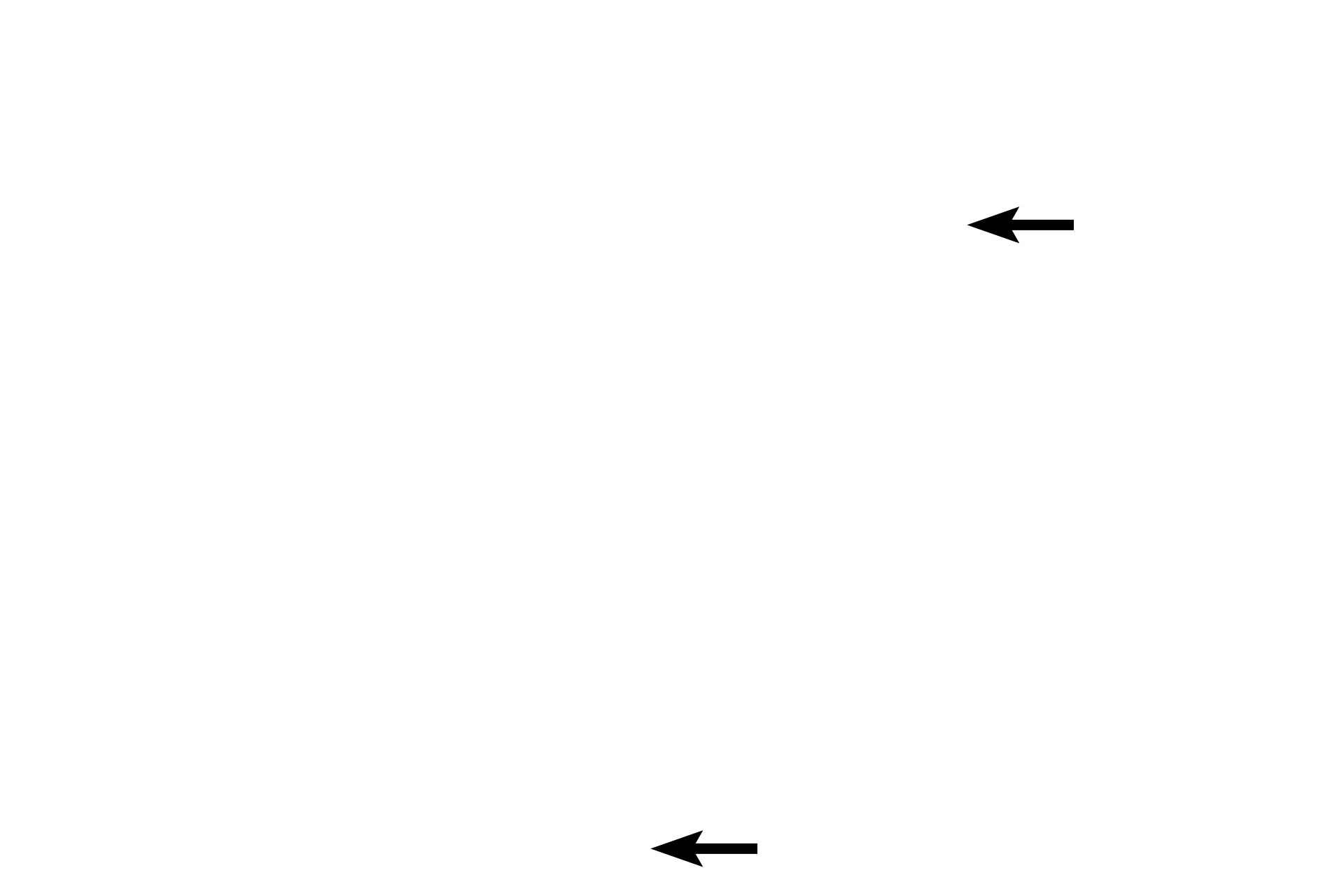
Extraocular muscles >
Movement of the globe is controlled by six extraocular muscles that insert on the sclera.
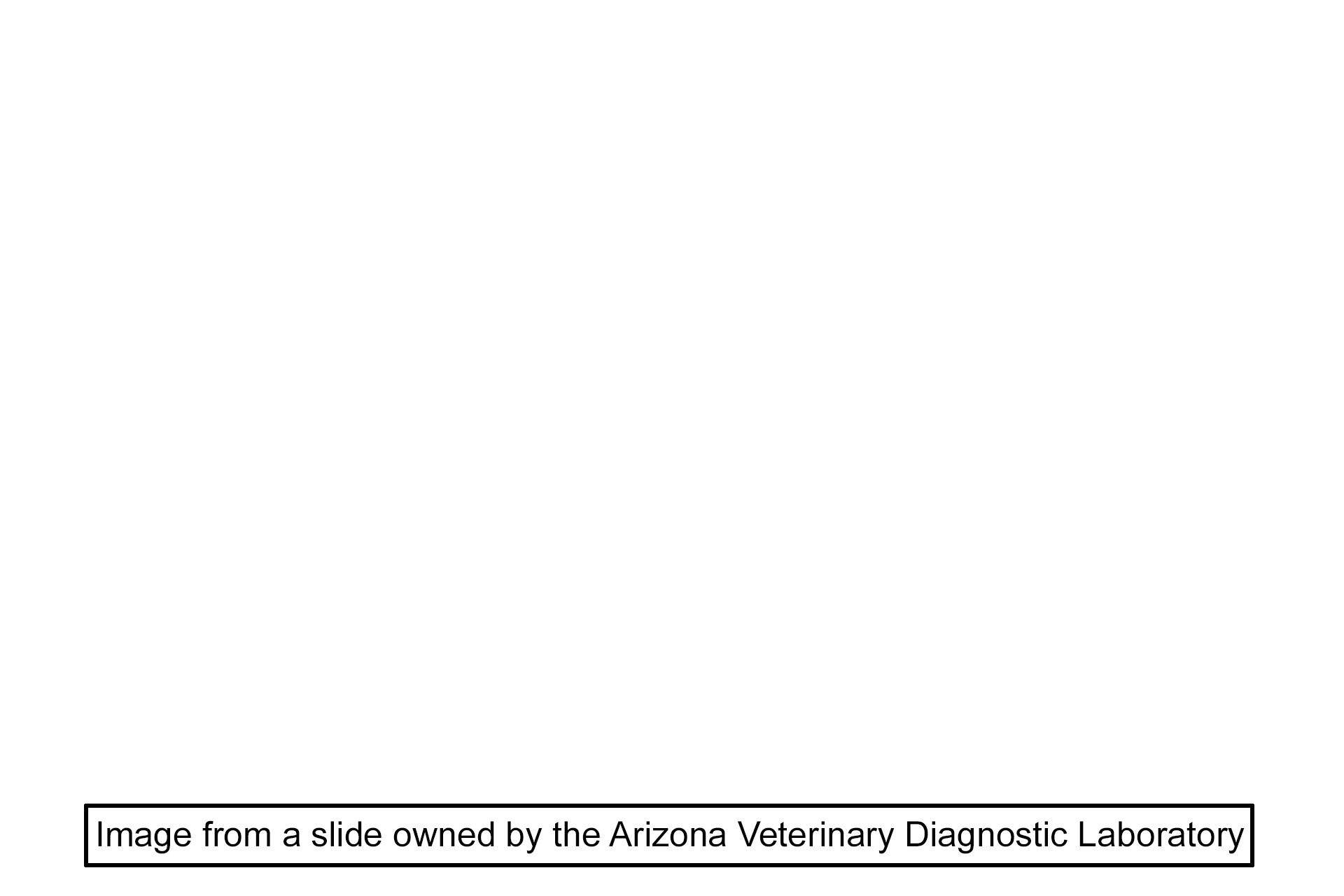
Image source >
Image taken of a slide owned by the Arizona Veterinary Diagnostic Laboratory.